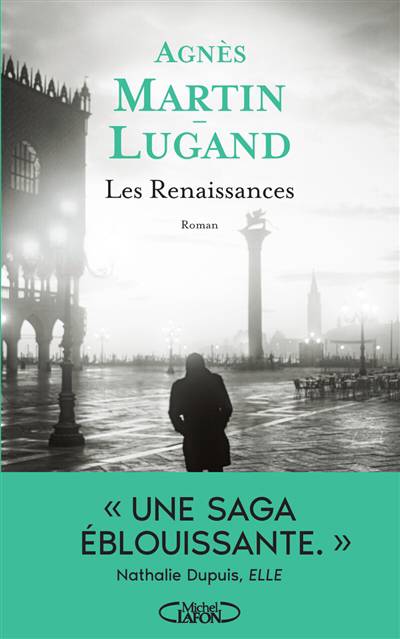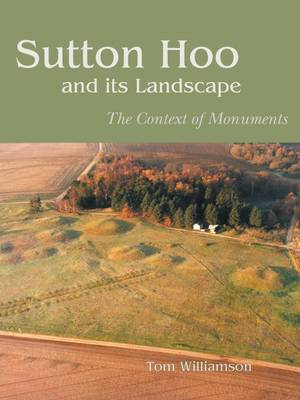
- Retrait gratuit dans votre magasin Club
- 7.000.000 titres dans notre catalogue
- Payer en toute sécurité
- Toujours un magasin près de chez vous
- Retrait gratuit dans votre magasin Club
- 7.000.0000 titres dans notre catalogue
- Payer en toute sécurité
- Toujours un magasin près de chez vous
50,45 €
+ 100 points
Description
The location of the Anglo-Saxon burial ground at Sutton Hoo, on a ridge overlooking the estuary of the river Deben, has always appeared strange and challenging. This is not so much because the site is today an isolated and lonely one, but rather because it lies on the very periphery of the early medieval kingdom of East Anglia, whose rulers - the Wuffingas - were buried there. In this extended meditation on the geography of a very special and evocative place, Tom Williamson explores the meaning of the cemetery's location. To understand the location of ancient monuments we need to examine not only the character of past landscapes, but also the ways that contemporaries may have experienced and felt about them: we need to reconstruct aspects of their mental world. Williamson argues that the cemetery was placed where it was not in order to display power and dominance over territory, but because the river, and its brooding estuary, had long held a special and central place in the lives and perceptions of a local society. As King Raedwald and his family rose to dominance over this river-people, they chose to be buried at the heart of their territory. Such approaches may help us to understand why the cemetery was established where it was within the territory of the Wuffingas: but they cannot explain why that group came to dominate the whole of East Anglia. For this, Williamson argues, we need to examine wider geographical contexts - patterns of movement, contact, and social allegiance which were engendered and shaped by landforms and topography at a regional and national level. It is only by joining aspects of the new 'phenomenological' approaches to the archaeology of landscape, to more traditional geographical interpretations, that we can appreciate the full significance of this important site. Combining a keen understanding of local and regional geography, Anglo-Saxon history, and current debates about approaches to past landscapes, this book is a masterly exploration of the context and meaning of an iconic set of monuments.
Spécifications
Parties prenantes
- Auteur(s) :
- Editeur:
Contenu
- Nombre de pages :
- 154
- Langue:
- Anglais
Caractéristiques
- EAN:
- 9781905119257
- Date de parution :
- 01-07-09
- Format:
- Livre broché
- Format numérique:
- Trade paperback (VS)
- Dimensions :
- 182 mm x 245 mm
- Poids :
- 462 g

Les avis
Nous publions uniquement les avis qui respectent les conditions requises. Consultez nos conditions pour les avis.






